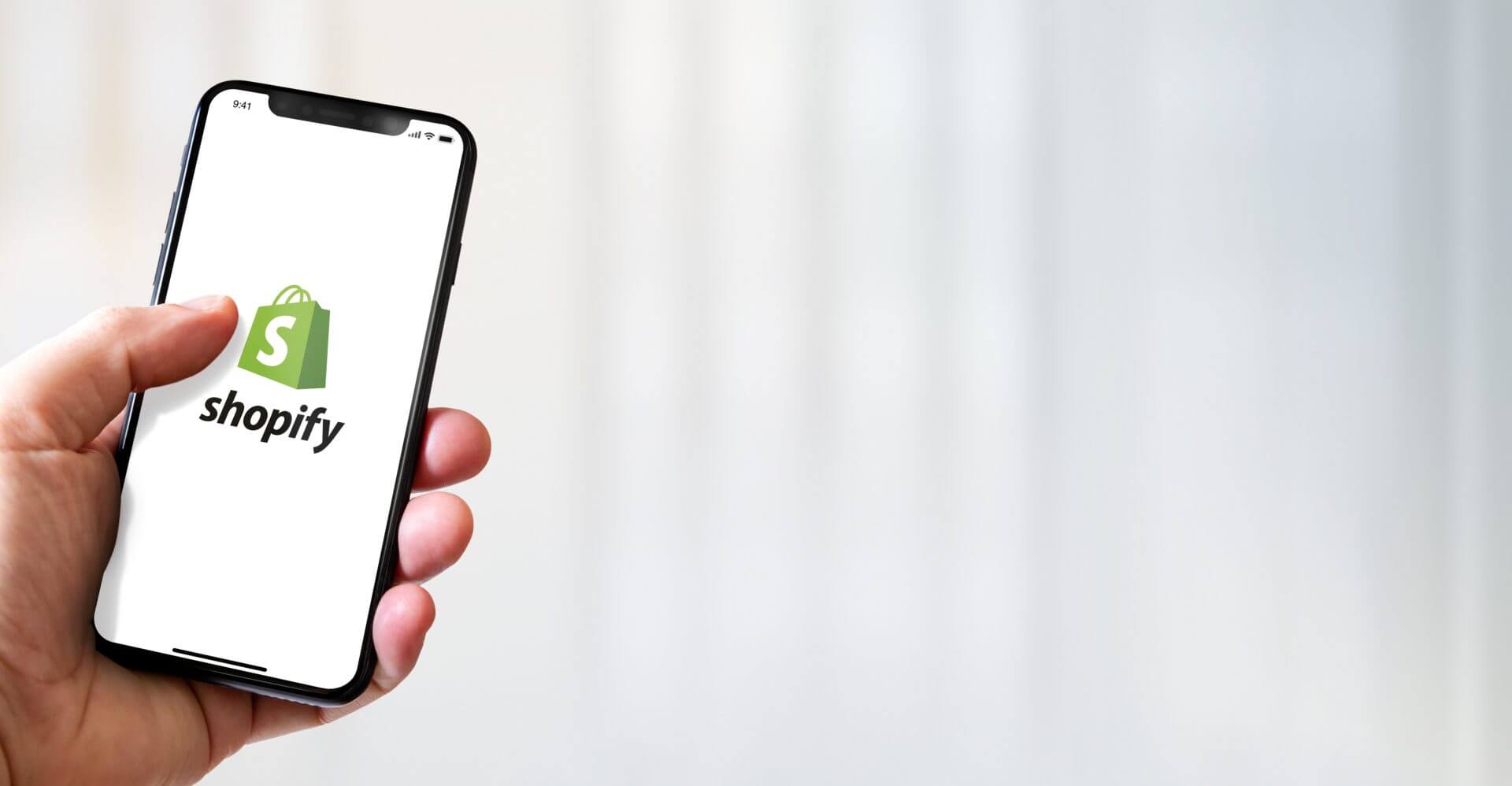Any business, whether it has an online presence or not, needs marketing to grow. Marketing helps businesses reach new customers, promote their products and services, and build brand awareness.
Shopify stores are no different. If you want your Shopify store to grow, you need to market it effectively. But with so many marketing channels and strategies out there, it can be difficult to know where to start.
For example, when it comes to social traffic and sales, Facebook is unbeatable. Facebook accounts for over two-thirds of all social media visits to Shopify merchants. Additionally, Facebook accounts for 85% of all orders placed through social media.
Not only that, but Facebook also offers a number of powerful marketing tools and features, such as Facebook Ads and the Facebook Shop. This is just one channel and one example, but there are many others – so let’s take a closer look at five expert marketing tips that will grow any Shopify store.
Tips For Marketing Your Shopify Store
To help you grow your Shopify store, we’ve put together a list of five expert marketing tips. These tips will help you reach more customers, promote your products and services more effectively, and build brand awareness for your business.
1. Increase Cash Flow With Pre Orders
Preorders are placed by customers for products that are either not yet available or are out of stock. Customers may develop things before they are made accessible by placing a preorder. Once it is in stock, the product will be dispatched to the purchaser.
A great Shopify plugin called the “Pre‑Order Manager” can help you instantly set up pre-orders for both digital and physical products in your Shopify store.
It’s fully customizable; you can use it to manage stock levels, offer different preorder options, set preorder limits, use it on autopilot mode and even give customers the ability to cancel their pre-orders.
This is available to all types of enterprises, including tiny boutique stores, huge corporations, and startups. However, different preorder types are employed in various circumstances.
Brands that are more established will want to test products before they are made available to the public. Newer businesses, on the other hand, may want to increase brand awareness and get people talking about their product.
Selling real items involves a significant amount of risk and money. These physical items and inventories are developed by the producers at a cost of thousands of dollars, all on the assumption that the market would accept the product.
However, getting pre-orders up front before spending money on manufacturing might be a priceless strategy for validating your product.
Preorder is similar to an agile strategy in which sales and manufacturing happen concurrently. Preorders for certain new items are made available by e-commerce companies on their website for the following additional key reasons:
- To ensure that they do not miss out on potential customers by selling out of stock too quickly.
- To allow them to forecast better and order the right inventory levels.
- To increase cash flow which can be used for marketing, operations or other purposes.
2. Create Buyer Personas
Your target market can be divided into smaller segments, or buyer personas. A persona is a representation of your ideal customer, based on market research and real data about your existing customers. When you know who your target market is, you can better understand their needs and how to reach them.
By establishing buyer personas, you can design more effective digital marketing tactics that are tailored to the target market and increase your sales. Personas can assist you in more effectively identifying and meeting the requirements and expectations of your consumers.
Here are a few details to include while creating a buyer persona:
- Difficulties or places of pain
- Age, gender, education, income, and marital status are examples of demographic data (if required)
- Location
- Habits, hobbies, way of life, and other psychographic elements
- Purchase patterns
These details are most commonly used to build up personas, but of course, businesses can adjust these points to suit their goals.
3. Develop an SEO Strategy
Search Engine Optimization (SEO) is the process of optimizing your online store to rank higher in search engine results pages (SERPs), which will give you more visibility and clicks from potential customers.
Here’s how to start developing an SEO strategy for your Shopify store:
- Start with keyword research
- Optimize your site for on-page SEO
- Build backlinks to your site
- Monitor your SEO progress and adjust your strategy as needed
- Always be prepared to adapt to changes in the algorithm
SEO is a long-term strategy that can take months or even years to see results. But it is one of the most effective ways to grow your business online, as it can help you attract more organic traffic and leads from potential customers who are looking for what you offer.
4. Use Social Media Wisely
Social media can be a powerful tool to reach new customers and grow your business if used correctly – but with so many different platforms and strategies, it can be difficult to know where to start.
Here are some tips for using social media to grow your Shopify store:
- Use paid ads on social media
- Use social media influencers
- Create and share engaging content
- Provide excellent customer service on social media
In the process of social media advertising, it’s crucial to analyze your results so that you can adjust your strategy as needed.
5. Discounts, Discounts and Discounts
People love discounts, and they are often willing to buy something they may not need if it is discounted. This is especially true for online shoppers, as they can compare prices easily and quickly.
A few tips for using discounts wisely include:
- Use discounts sparingly and strategically
- Offer discounts on your best-selling products
- Use time-limited discounts to create a sense of urgency
- Target your discounts to specific segments of your audience
- Analyze your results and adjust your strategy as needed
You can use discounts as a marketing tool to attract new customers and grow your business. Be careful with how you use them, however, as too many discounts can erode your profits.
To make your discount strategy more efficient, you can use the Bulk Discount & Sales Manager app. It lets you create and manage unlimited sales, discounts, and flash sales. It has a 1-Click Bulk discount editor to make sure your products are quickly and easily updated.
Lastly, to hype up your sale dates, you can add a Countdown Timer plugin to your store. It’s an app that allows you to create a sense of urgency and encourage your customers to buy now.
It gives the much needed hype to let your customer know that the sale is happening and it’s happening now! Putting a timer in front of them is a very old sales technique that has been used in brick and mortar stores for years. It makes them feel that they need to buy the product now before it’s too late.
Why Successful Companies Spend Big on Marketing
Spending on marketing is often one of the first areas to be cut when companies are looking to save money, but successful companies know that marketing is an investment, not a cost.
They know that it’s important to reach new customers, stay top of mind with existing customers, build trust and credibility, differentiate from the competition, and drive sales and grow revenue. If you want your company to be successful, don’t cut your marketing budget.
Final Thoughts
These are just a few expert marketing tips that can help you grow your Shopify store. There are many other strategies and tactics you can use to attract new customers and increase sales; it depends on your business, products, and target market.
The most important thing is to experiment and test different marketing strategies to see what works best for your business. There is no one-size-fits-all solution, so you need to find what works best for you and your business.








